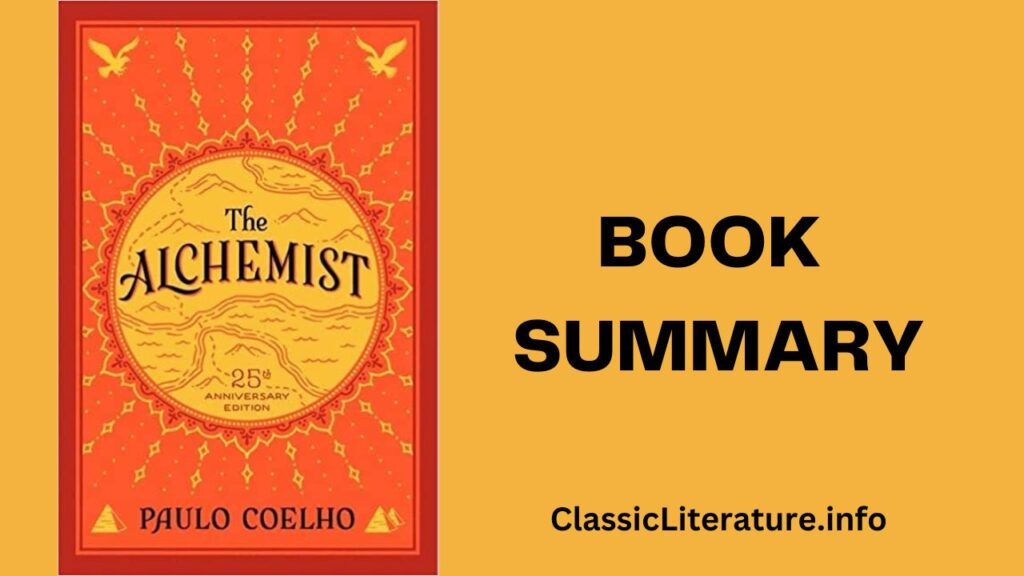
“For Whom the Bell Tolls” by Ernest Hemingway: A Poignant Tale of Love, War, and Human Resilience
Ernest Hemingway’s “For Whom the Bell Tolls” is a classic novel set during the Spanish Civil War. Published in 1940, the book follows Robert Jordan, an American volunteer in the International Brigades, as he joins a guerrilla group behind enemy lines with the mission of blowing up a strategically important bridge. Through the vivid portrayal of war, love, sacrifice, and the complexities of human nature, Hemingway crafts a gripping narrative that explores the themes of heroism, morality, and the enduring human spirit.
The story takes place over a span of three days and provides a detailed account of the events leading up to the mission. As Robert Jordan immerses himself in the lives of the guerrilla fighters, he forms relationships with various individuals, including Maria, a young woman who has endured unimaginable trauma at the hands of the enemy. Their love story unfolds amidst the backdrop of impending danger and political turmoil, highlighting the resilience of the human spirit in the face of adversity.
Hemingway’s writing style in “For Whom the Bell Tolls” is characterized by its succinctness, simplicity, and powerful imagery. He employs short, declarative sentences and a stripped-down prose style that effectively captures the harsh realities of war and the characters’ internal struggles. Hemingway’s attention to detail and his ability to evoke emotions through sparse yet vivid descriptions make the novel an immersive and compelling read.
Here are some notable quotes from the book that exemplify Hemingway’s distinctive writing style and the profound themes explored in “For Whom the Bell Tolls”:
- “The world is a fine place and worth the fighting for and I hate very much to leave it.” This quote encapsulates the bittersweet essence of the novel, as it reflects the characters’ recognition of the beauty of life despite the imminent dangers they face.
- “There is no one thing that’s true. It’s all true.” Hemingway’s exploration of truth and multiple perspectives is reflected in this quote, which underscores the complex and subjective nature of reality.
- “But I know that my life was better when I loved you.” This poignant line reflects the profound impact of love and the sacrifices one is willing to make for it.
Get Paperback or Kindle version of the book <–
“For Whom the Bell Tolls” is a must-read for its timeless exploration of human resilience, the complexities of morality, and the enduring power of love. Hemingway’s masterful storytelling, combined with his distinct writing style, makes the book an immersive and emotionally resonant experience.
Let’s delve into what real readers have to say about “For Whom the Bell Tolls”:
Review by Sarah:
“Hemingway’s ‘For Whom the Bell Tolls’ is a masterpiece that transports readers into the heart of war. The book’s vivid descriptions and Hemingway’s economical writing style create an intense and immersive experience. The characters are deeply flawed yet incredibly human, and their struggles and sacrifices stay with you long after you finish the book.”
Review by Michael:
“Hemingway’s ‘For Whom the Bell Tolls’ is a profound and gripping novel that delves into the moral complexities of war. The book’s lyrical prose and vivid imagery capture the harsh realities and human emotions associated with conflict. Hemingway’s portrayal of love and sacrifice is particularly moving, making this novel a must-read for those interested in war literature and the complexities of the human condition.”
Review by Emily:
“While I appreciate Hemingway’s skillful writing in ‘For Whom the Bell Tolls,’ I found the pacing to be slow at times. However, the character development and the exploration of themes such as honor, sacrifice, and the futility of war were thought-provoking. Hemingway’s evocative descriptions and his ability to convey the internal struggles of his characters make this book worth reading.”
In conclusion, “For Whom the Bell Tolls” by Ernest Hemingway is a powerful and poignant novel that examines the human spirit in the midst of war. Hemingway’s distinctive writing style, marked by its simplicity and evocative imagery, brings the story to life, immersing readers in the characters’ experiences and emotions. While some may find the pacing slow, the book’s exploration of love, sacrifice, and the moral complexities of war make it a compelling read. It is recommended for those who appreciate war literature, character-driven narratives, and thought-provoking themes.
About the Author:
Ernest Hemingway (1899-1961) was an American writer and journalist renowned for his distinctive writing style and his influence on 20th-century literature. Known for his concise and minimalist prose, Hemingway’s works often explore themes of war, love, and the human condition. Some of his other notable works include “The Old Man and the Sea,” “A Farewell to Arms,” and “The Sun Also Rises.” Hemingway’s contributions to literature earned him numerous awards, including the Pulitzer Prize for Fiction and the Nobel Prize in Literature. His impact on the literary world continues to resonate, making him one of the most celebrated and influential authors of his time.





